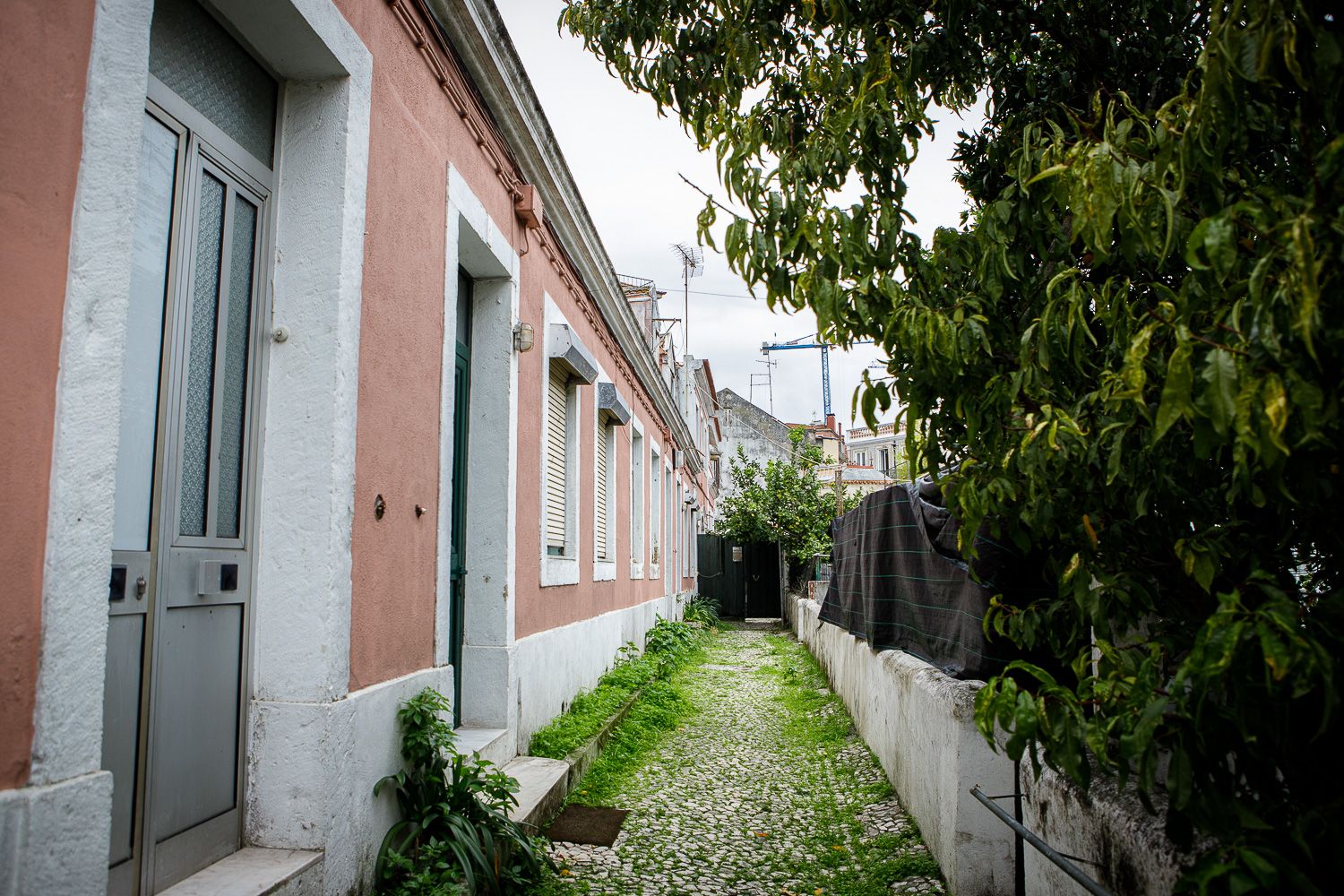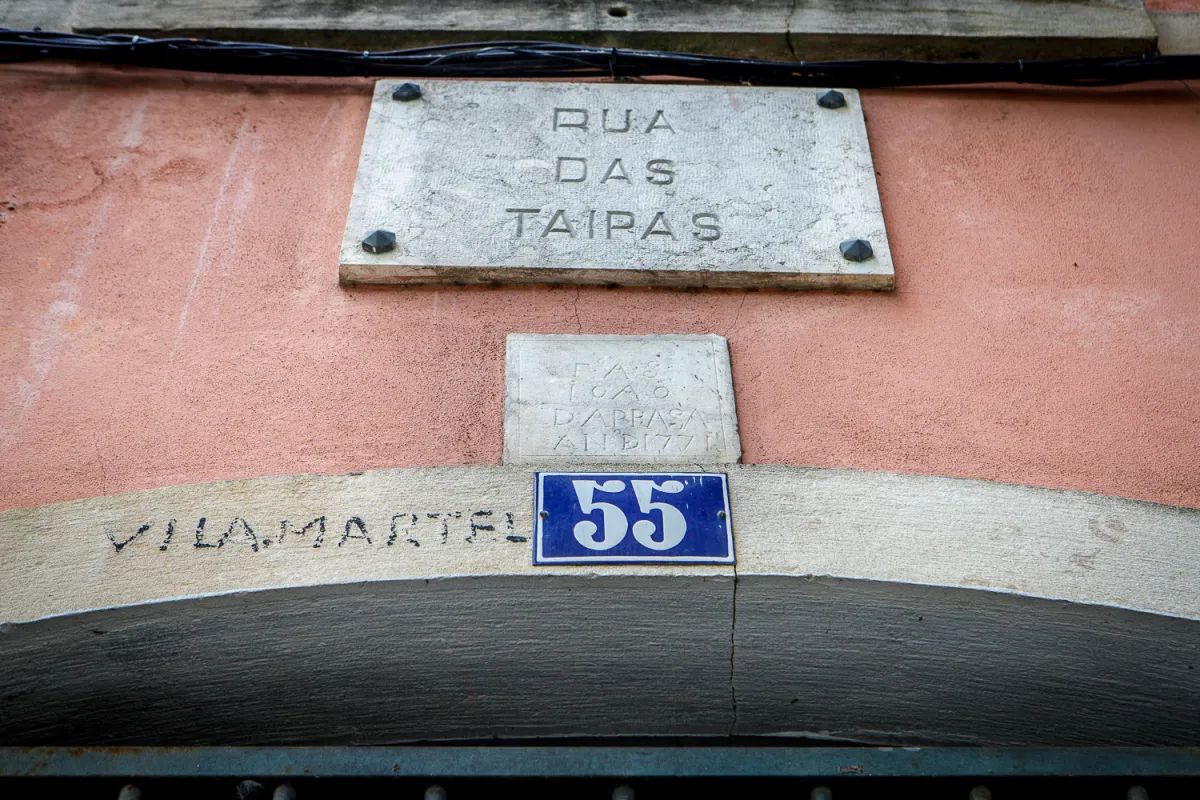An old artists' villa hidden in Principe Real hills
Vila Martel hides behind a closed door at the number 55 in Rua das Taipas, on the slope of Glória (which descends to the garden of São Pedro de Alcântara and from Rua D. Pedro V to Avenida da Liberdade). It was a "refuge of painters and sculptors".
It was commissioned by the republican and founder of the famous newspaper O Século, José Campelo Trigueiros Martel, on the back land of his house, the Palace of the Counts of Castelo Branco.
The Vila (or "courtyard") hosted figures such as the painters Columbano Bordalo Pinheiro (who portrayed Antero de Quental there), José Malhoa, Carlos Reis, Nikias Skanipakis (who kept his studio there until 2015) between the late 19th and mid-20th century.
It was a place of art, but also of revolution: in the 1950s, the town hosted the first meetings of the Junta Patriótica da Salvação Nacional.
Vila Martel was also forgotten in meantime, with ateliers closing their doors and houses receiving new residents. Until, in 2016, a project to demolish the Vila was announced. The idea was to build the car park of the Hotel Memmo Principe Real in rua D. Pedro V. This was already a controversial hotel, being built into a hillside, having two accesses with no connection between them. The residents received eviction orders. But the project was eventually rejected by the municipality.
Six years later, the village is back in oblivion. Weeds grow everywhere and rubbish accumulates. The memories of those who painted here, survive, though. In that Martel courtyard that the writer Raul Brandão describes in his Memórias: "Pátio do Martel, a little corner with a fig tree and mallow trees. A row of houses and at the far end Columbano's studio".
By Ana da Cunha



